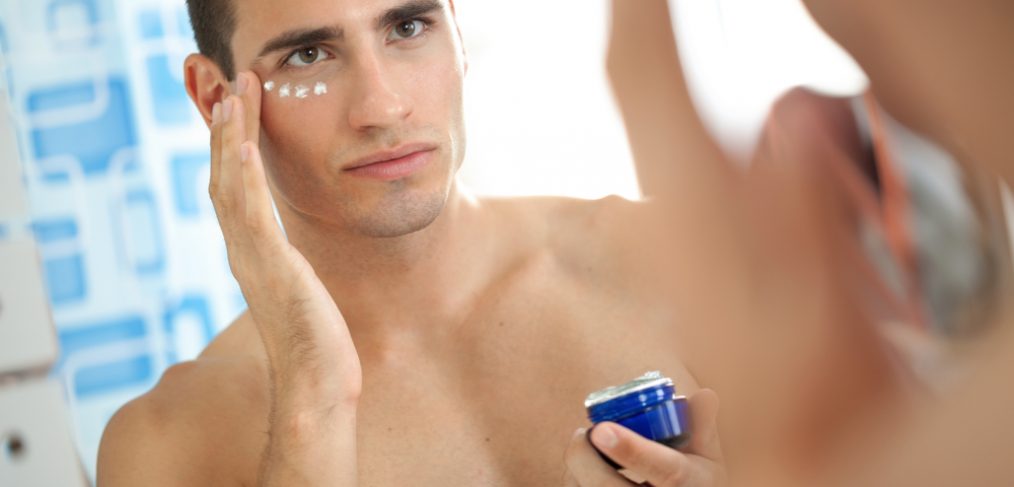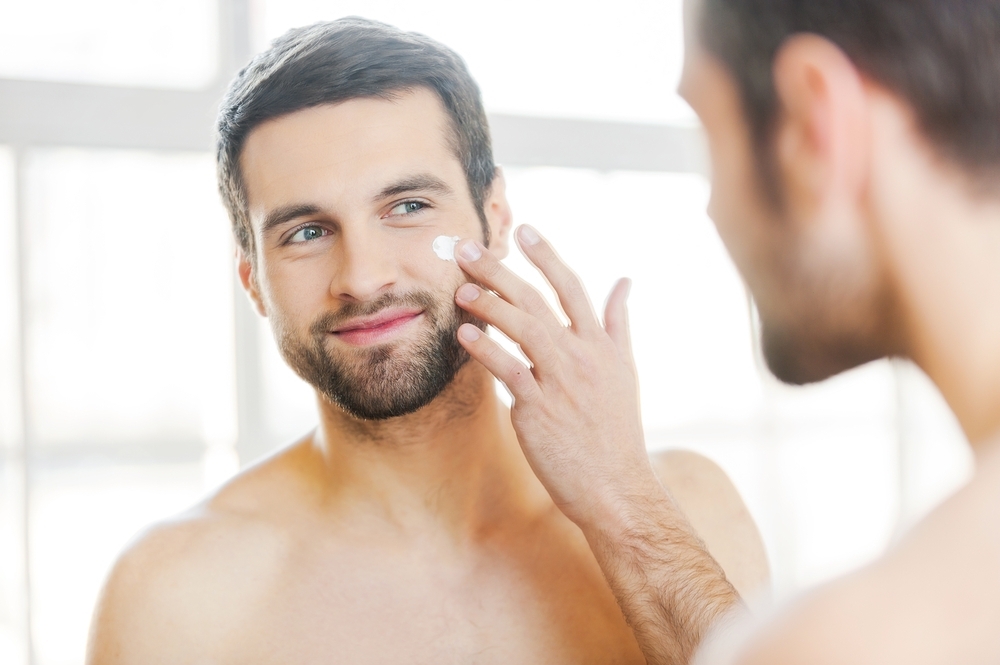Resveratrol is a natural polyphenol that has been, and continues to be, researched for its antioxidant properties. There are thought to be numerous health benefits of resveratrol that range from clearer skin to delay of Alzheimer’s disease. Resveratrol is naturally found in a large variety of plants and is highly abundant in the skins of grapes (purple and red grapes have the highest amount of resveratrol), blueberries, cranberries, raspberries and nuts such as peanuts and pistachios. A significant concentration of resveratrol is found in red wine and cacao beans.
Health benefits of resveratrol are thought to be varied and are still being studied in order to be fully understood. As an antioxidant, resveratrol protects your body against harmful free radicals that are present in the environment. Resveratrol helps reduce inflammation in your body, prevents oxidation of LDL (bad cholesterol), protects against obesity and aging, reduces plaque formation and may help reduce cancer cell maturation.
Recently, a study conducted by Washington State University scientists found that resveratrol may be a key factor in converting white fat into beige fat, which burns calories. To understand this study it is important to know the three types of fat in the body: white fat, beige fat and brown fat. White fat is fat in which lipids are stored as energy and brown fat burns those lipids to produce heat. Originally it was thought that these were the only two types of fat, but several years ago scientists discovered white fat. White fat is fat that is in the process of browning.
Professor of animal sciences, Min Du, states that in moderation white fat is okay and protective. But, when there is an excess disease and imbalance in the body is the result. “The current theory is that when we eat excessively, the extra lipids are stored in white fat. With obesity, the fat cells enlarge to a point where they’re saturated and can’t take more lipids. As the fat cells become overloaded and die, they release toxins and cause inflammation leading to health problems like insulin resistance and diabetes.”
It is the release of toxins that makes antioxidants such as resveratrol become increasingly important. Says Du, “Polyphenols like resveratrol are good as they enhance the oxidation of fat so it won’t be overloaded. The excess is burned off as heat.”
The Washington State University study used female adult mice and fed them a high fat diet. One group of adult female mice were given resveratrol supplements while a control group was not. The findings indicated that the mice given the resveratrol were 40% less likely to suffer from diet-induced obesity than the control group, meaning, less white fat was saturated and harmful. This may be partially because “[r]esveratrol can enhance this conversion of white fat to beige fat and when you have high rates of browning, it can partially prevent obesity.”
Research continues on resveratrol and its myriad of health effects though so far the indications are overwhelmingly positive. Snack on berries, grapes, a handful of nuts or a enjoy a glass of red wine to get your health benefits from resveratrol.




































